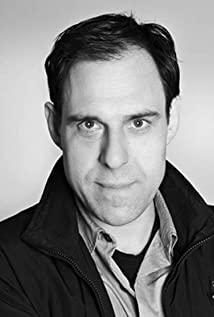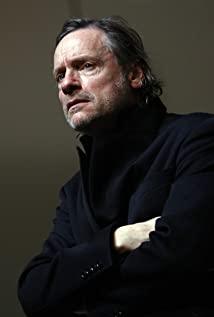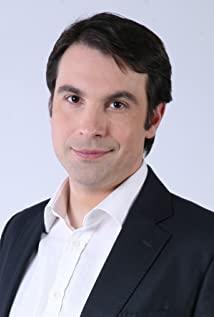German female director Maren Ader's work "Tony Erdmann" launched in 2016 has attracted media attention and was nominated for the 69th Cannes Palme d'Or and the 89th Oscar for Best Foreign Language Film. Naturally, it has also become one of the best films of the year in major film magazines. This kind of honor, so that we have no way to turn a blind eye to it.
The protagonists of the film are a father and daughter, their relationship is not close, and there are gaps everywhere. The daughter is busy with her career, has a fast-paced and stressful life, and presents herself with a serious and unsmiling image, while her father's philosophy of life is absurd "humor and jokes".
Between the two generations, there is a conceptual "gap".
At the beginning, when his father's dog died, he couldn't get rid of the loneliness and sadness, so he went to see her daughter where she was traveling for work. At this time, the distance between the daughter and the father in geographic space is forced to shorten. Under this premise, the daughter must work and deal with the father at the same time. In the process of dealing, the contradiction between the father and the daughter continues to escalate. The director made the process of accumulating conflicts between the two very interesting, and captured the subtleties of the family (interpersonal) relationship. The kind of character relationship that cares about each other, but doesn't say it clearly, is full of embarrassment and indifference, and handles it meticulously. After the conflict broke out, the daughter thought that her father had returned home, but the father, who played cards unreasonably, did not. He made up and dressed up as a stranger—Tony Erdman—involved greatly in his daughter’s work and private life, prompting her to realize the value of life, the value of being alive. This intervention also eased the family relationship between father and daughter.
"Tony Erdman" mainly discusses two themes: one is the relationship between people and the other is people's understanding of life.
The former is reflected in the father-daughter relationship, while the latter is a "self-knowledge journey" that the heroine pursues from passive to active pursuit through her father's "interventional behavior". Both are interrelated and work together.
The relationship between father and daughter is mutually beneficial, in fact, the fictional character "Tony Erdman" in the film is equally important. It was his buffer in the middle that allowed the father and daughter to reach some level of reconciliation. The daughter knew from the beginning that this Tony Erdman was her father. When he appeared in front of her friends and colleagues, she did not expose him due to the lack of face. The father did not deliberately prevent his daughter from recognizing it. He just wanted to know how his daughter was doing in this way. He "breaks into" his daughter's world as a stranger. Along the way, he knows that his daughter's lifestyle is not healthy, and he also knows that her daughter is not happy. The father's actions are based on his love for his daughter, until he turns into a giant hairy doll, and finally the daughter's hug to him brings the film's emotional peak.
The action of "burying one's head and hugging" is a powerful proof that the contradiction between father and daughter is resolved.
The heroine's cognition of her own life is the "self-conflict" in the character's heart, which is much deeper than the "three-view conflict" embodied by the father and daughter in the storyline.
"Self-conflict" is not only related to her own work, her efforts to negotiate a project, various pressures and encounters in her life, etc., but to the philosophical proposition of "Who am I" superior.
Whether it is represented by the heroine, the universally significant contemporary middle class's survival pressure and mental anxiety, or the heroine's "drug addiction", "clubbing" and "weird sex" under this disease. The cathartic behavior was nothing but an external stimulus that prompted her to finally think about the question of "Who am I?"
In the movie, the result of the heroine's pursuit is optimistic. When she brought dentures from her father and put them in her mouth, we already knew that the heroine chose "humor", and the director did not make it into a movie. "The Irony Film of Pursuit".
Through a large number of handheld photography, the director created a natural and realistic image aesthetics, tried his best to avoid the traces of artificial carving, and presented the realistic work and life of the heroine. When this "screen reality" extends beyond the screen, your "" Do you ever think about your life when it's true? Have you ever thought about the meaning of life?
Such a problem is indeed suspected of being "false and empty", but it is hidden in many people's hearts and causes them to be anxious. If you think about life, it is full of sorrow, helplessness and pain. Schopenhauer believes that this is the essence of human life. Those who try to avoid it are undoubtedly wise.
A great tool for avoiding pain, as the film shows, is undoubtedly appropriate "humor and jokes."
View more about Toni Erdmann reviews











